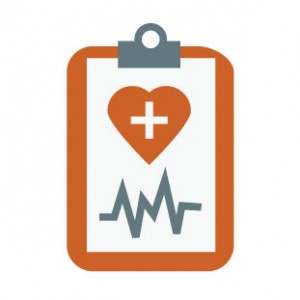 Driving in fog is dangerous because visibility is reduced. To keep safe, follow these five tips for driving in fog:
Driving in fog is dangerous because visibility is reduced. To keep safe, follow these five tips for driving in fog:
1. Slow down.
If you cannot see where you are going, do not drive fast. Use your speedometer as a guide to regulate your speed, because thick fog masks the sensation of speed by removing visual indicators of velocity.
2. Use low-beam headlights.
When visibility is restricted, a driver’s natural tendency is to activate the high-beam headlights. When driving in fog, this further impairs visibility because the high-beam illumination reflects off of the fog and back at your vehicle.
3. Use fog lights.
If your vehicle has front fog lights, they can help illuminate the road and make your vehicle more visible to other drivers. Some vehicles have rear fog lights, which help motorists who are following you to see your vehicle from a greater distance.
4. Use the right-side pavement line as a guide.
In thick fog, use the white line painted on the right side of the road as a guide. Do not use the center pavement markings, because doing so will guide you to move closer to oncoming vehicles, which are also driven by people having trouble seeing where they are going.
5. Do not stop on the road.
When you cannot see where you are going, a natural reaction is to slow down or even stop. In fog, never stop on the road. Find a safe place to pull over that is as far away from traffic as possible and turn off your lights. Leaving your lights on may cause motorists to think that your taillights indicate the lane of travel, which could cause a collision.









